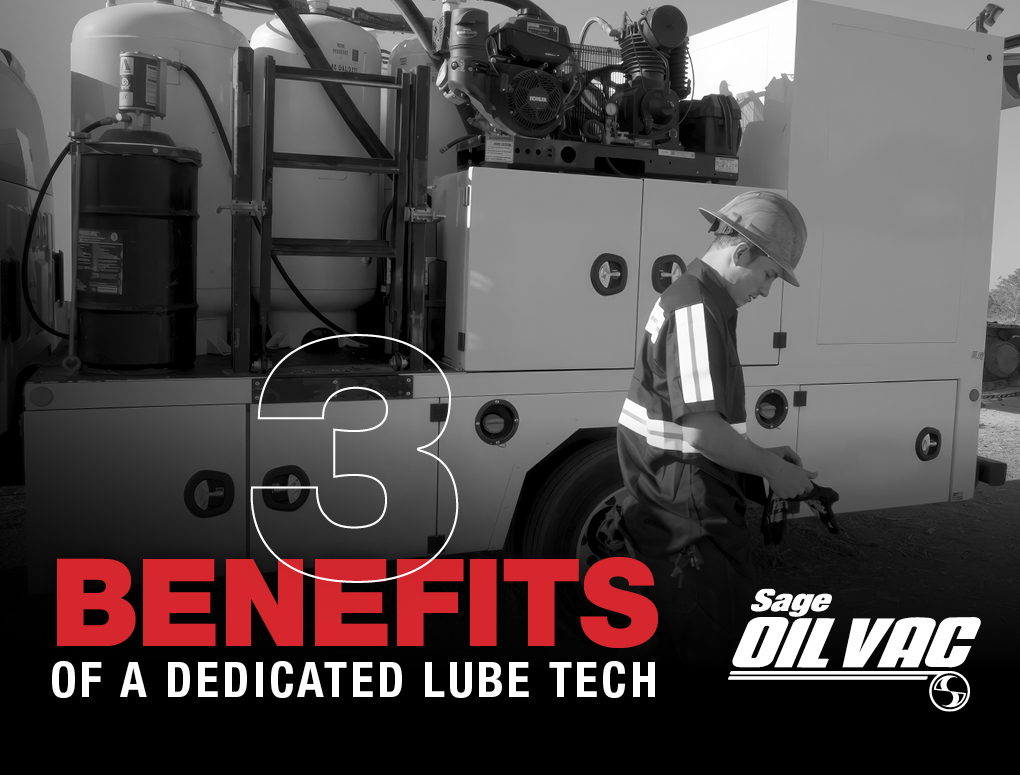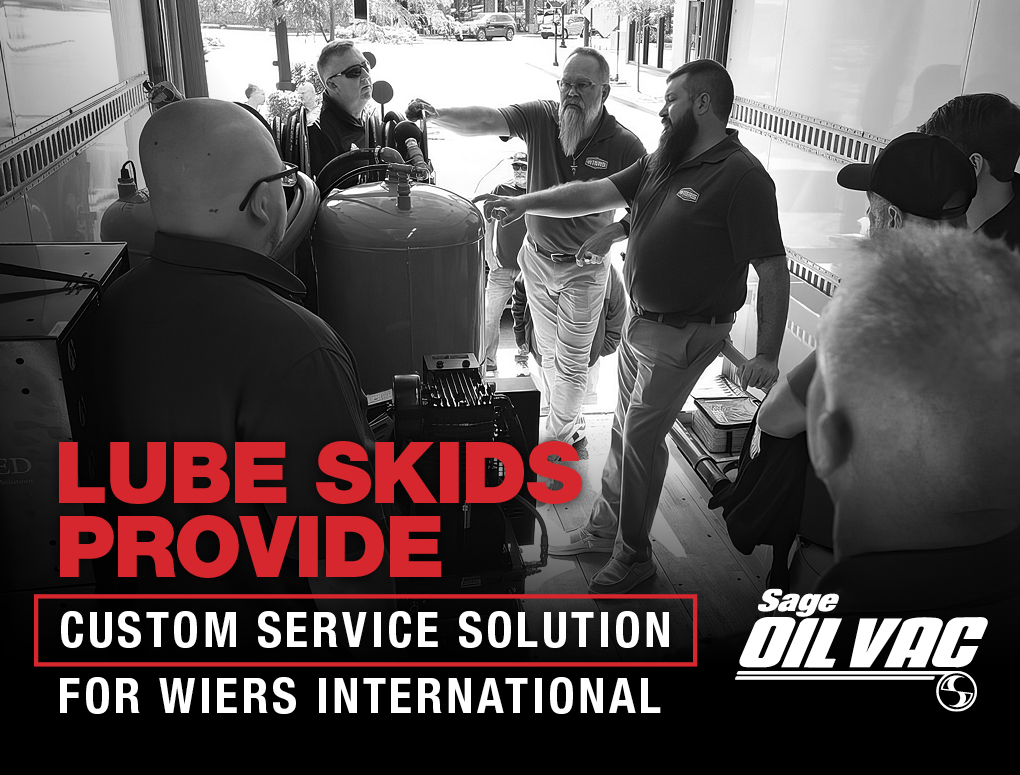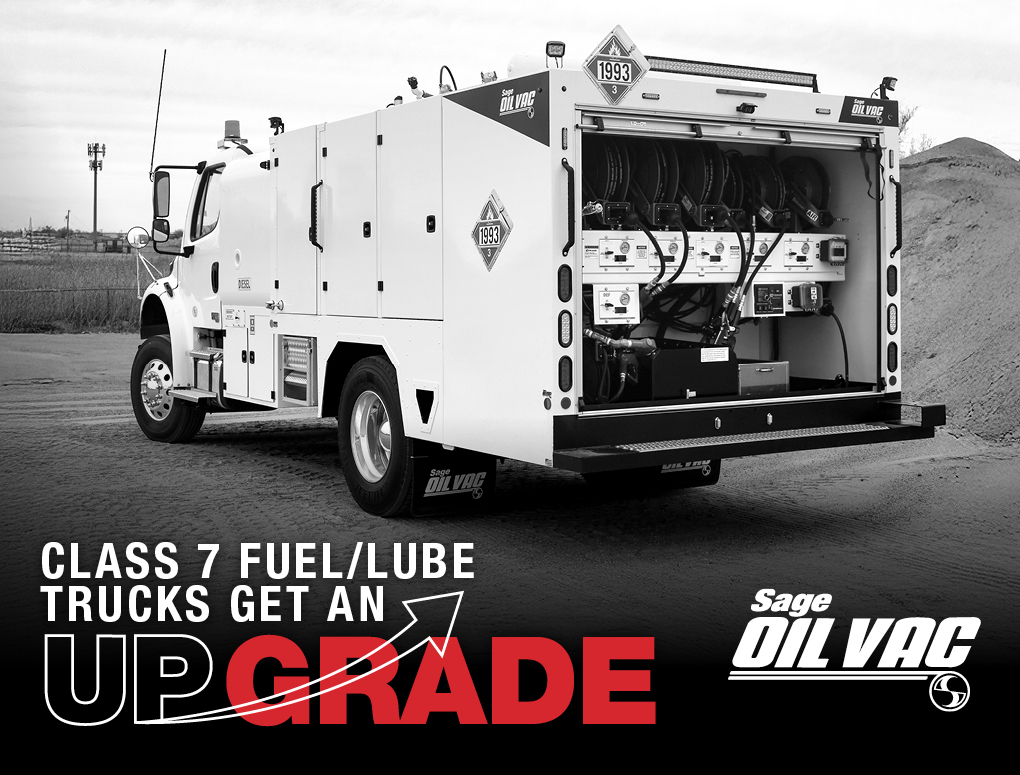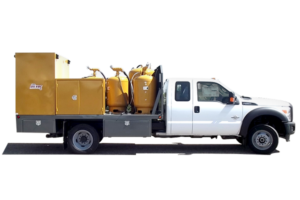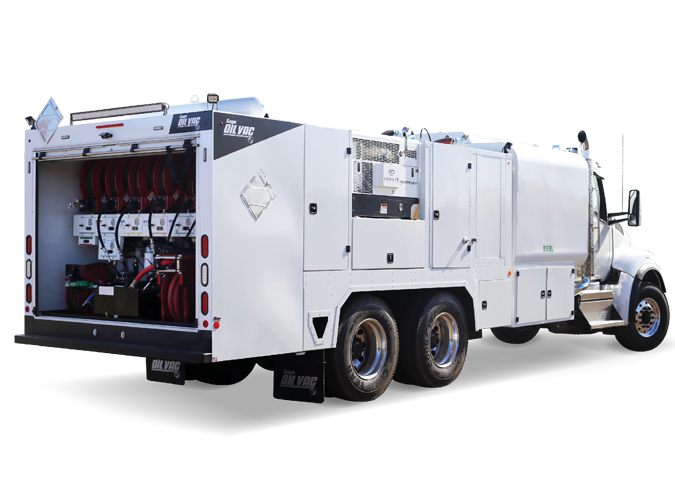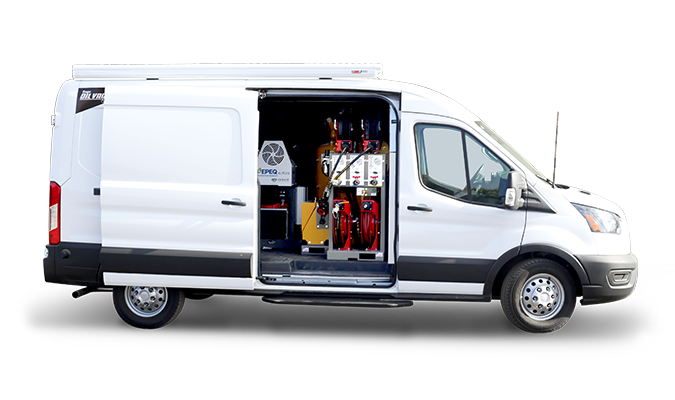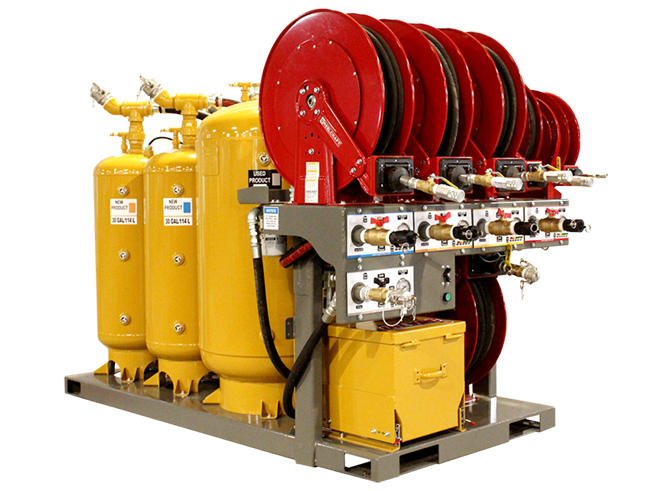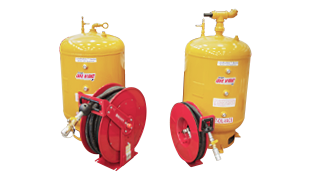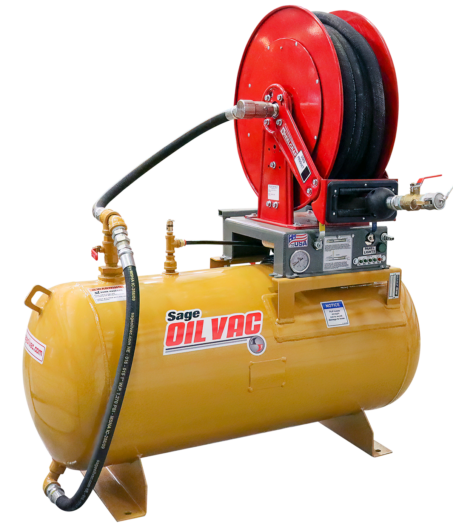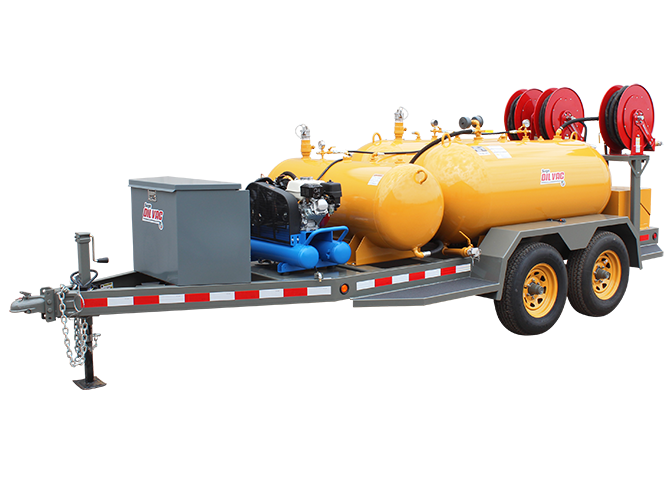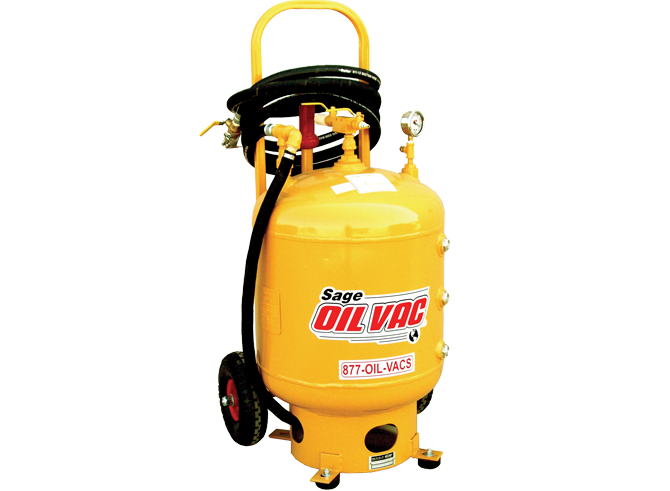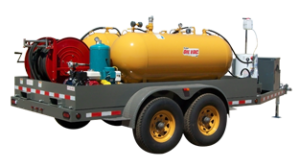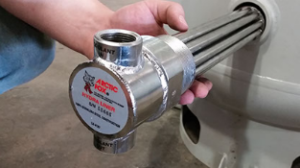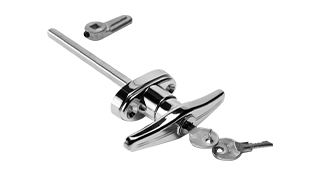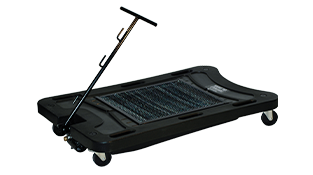5 reasons to consider a non-CDL service truck
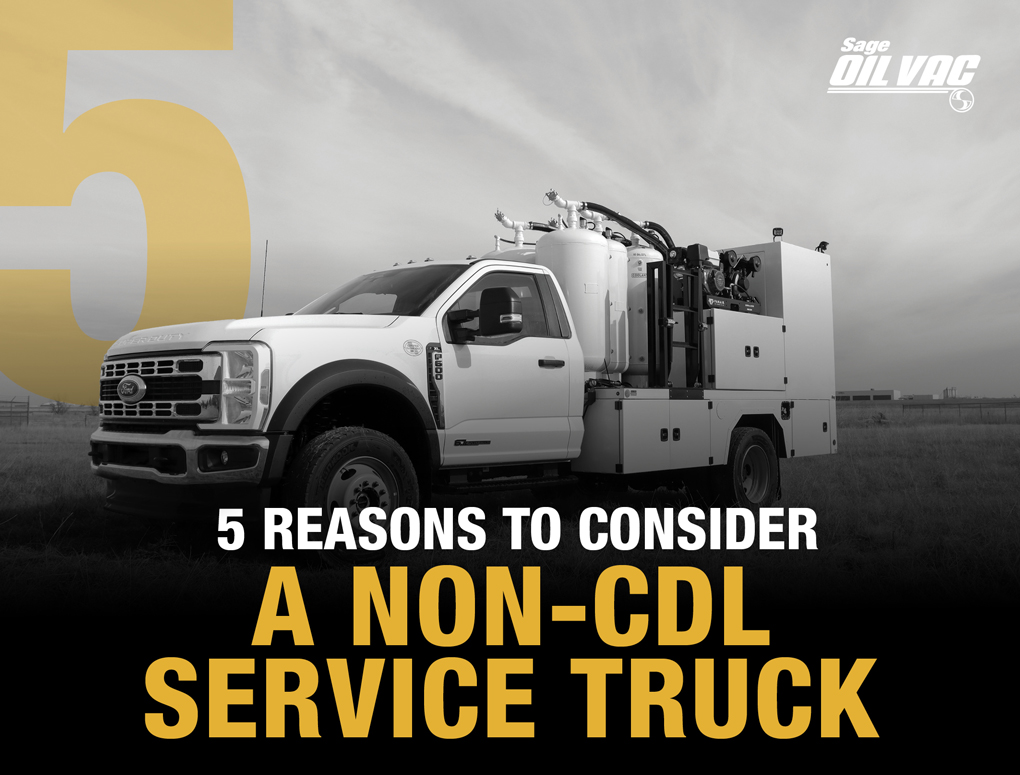
When you think of lube trucks, you probably picture a large Class 7 or Class 8 tandem-axle truck. They’ve long been the norm on jobsites around the country. These trucks are large enough to include fuel and lube combinations but can also be high-capacity lube-only options.
While Class 7 and Class 8 trucks are a great fit for many operations, crews that don’t need to transport fuel or DEF might find more compact truck bodies to be a better fit. In fact, more contractors, dealers and rental companies are choosing non-CDL (commercial driver’s license) service trucks with GVWRs (gross vehicle weight ratings) up to 26,000 pounds — thanks to the cost and efficiency benefits. And with open and enclosed body options, there’s a fit for every kind of work environment. Let’s take a look.
Why pros choose non-CDL service trucks
1. No CDL required
Anyone who operates a lube truck that weighs more than 26,000 pounds needs a valid CDL. And it’s no secret certified drivers are in high demand and short supply. Weighing in at no more than 26,000 pounds, a non-CDL service truck doesn’t require a commercial operator — which means adding one to your fleet significantly expands your potential labor pool.
2. Easy to navigate
A single-axle non-CDL service truck offers enhanced maneuverability on crowded jobsites. These lighter-weight trucks can also perform better in rough terrain than larger tandem-axle trucks. The Chevrolet 6500, Ford F-600 and International 6500 currently available as Sage Oil Vac non-CDL trucks are all four-wheel drive. This adds mobility seldom seen with a larger truck.
In these instances, the non-CDL service truck can be more productive than a larger lube truck. If you travel between jobsites and encounter difficult terrain, a smaller truck may be your best choice.
3. Built for efficiency
Depending on the applications you use a service truck for, a non-CDL service truck may operate more efficiently. For instance, smaller displacement engines consume less fuel when driving long distances between jobsites.
Sage Oil Vac pump-free vacuum technology adds to that efficiency. The system pulls oil quickly from the equipment without any moving parts. An enclosed, non-vented system protects the operator and the environment — helping eliminate spills. Clean, sealed tanks also mean fewer contaminants are introduced into fresh fluids, while the pump-free system translates into faster exchanges and a lower cost of ownership.
4. Equipped with the operator in mind
Choosing a smaller service truck doesn’t mean you have to compromise on features. Non-CDL Sage Oil Vac lube bodies have everything you need, plus all the bells and whistles.
Start by choosing either an open or enclosed model. Open lube trucks are a great fit for milder climates, while enclosed lube trucks can handle cold conditions for year-round flexibility. Either way, you’ll find plenty of capacity for fluids and more than 60 cubic feet of storage space to stock up on essential parts and tools for your next job.
Operators can easily view fluid levels with LED indicators and make changes with centrally located controls — both available in the fluid reels cabinet. Make changing oil filters cleaner than ever with the Sage Oil Vac Filter Stinger™, an exclusive accessory designed to pierce and drain used oil filters. Those filters can then be placed in the Used Filter Receptacle™ to let the rest of the oil drip into a tray so operators can quickly vacuum it into a designated tank with the turn of a valve. Finally, keep your tool storage organized with a five-drawer mechanics drawer set.
5. Less up-front investment
Bigger isn’t always better. A non-CDL lube truck offers an economical option for preventive maintenance for operations that can’t utilize the full capacity of a larger truck. Calculate the total weight of the products you’ll carry to help assess your needs before automatically sizing up your next truck. You could have a lower upfront cost with a smaller truck. Add lower utilization costs without wasted extra capacity to that and you get a higher return on your investment.
Finding the right solution for your operation
There’s no one-size-fits-all lube truck. Jobsite maneuverability, the upfront investment, utilization and the ability to find drivers all play critical roles in sizing the best lube truck for your application. Contact Sage Oil Vac to determine which truck is right for you — or start by checking out our tips on finding the right lube truck for your needs.

